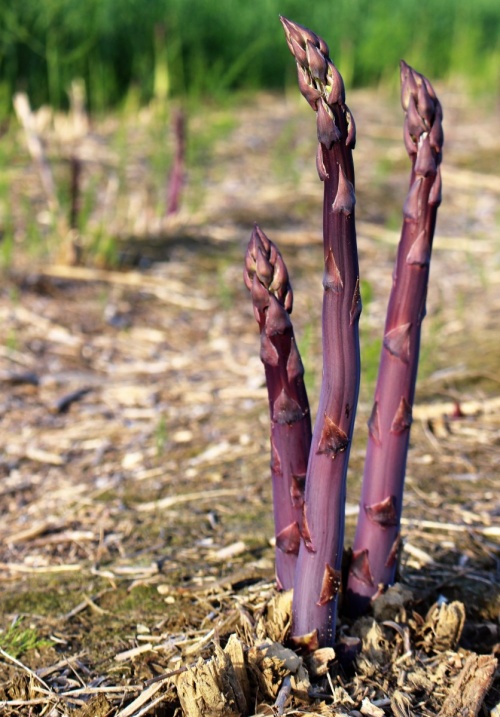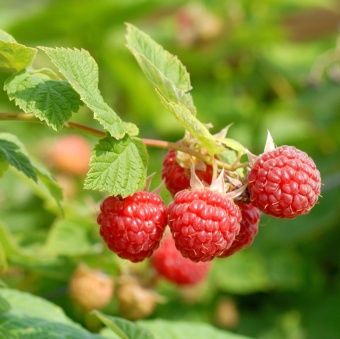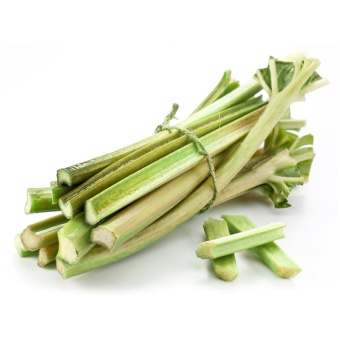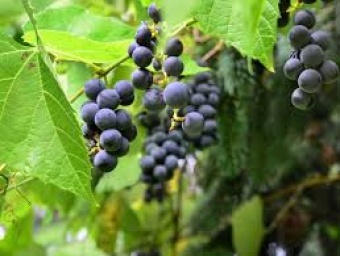Asparagus Purple Passion plant (root)
Item # Purple Asparagus
This item is not available online. Please call for purchasing options.
In commercial fields it has proven to be one of the highest yielders.
(May include a small porcentage of female plants)
Why choose an all male asparagus!
The Mary Washington variety and other older varieties have both male and female plants. Yes, there are male and female asparagus plants! When looking at a field the male plants are larger and the female plants have the spherical seed pods. All male hybrid asparagus such as the "Jersey" series are all males. The male plants will produce a bigger spear and since there are no seeds you will not have the seedling plants growing in the fields which can quickly become weeds. We keep Mary Washington in the catalog because it is an old tried and true variety. However, for the biggest and best quality asparagus, grow the new selection best fitted for your local soils.
Asparagus Asparagus should be planted as soon as possible in the spring. Dig a trench 12—18 inches wide. Make the trench a minimum of 6” deep, depending on whether you are going to add compost material. If adding compost, make the trench 8-10 inches deep. Add enough compost material so that after it is firmed down the trench is 6” deep. Add 1/2 pound of 10-10-10 fertilizer to each 10 foot stretch of trench. Place the crowns 9-12 inches apart with the roots spread out uniformly and the crown in an upright, centered position. Cover with 2” of soil. As the tips begin growing, gradually add more soil to the trench until the trench is full. This process takes approximately 6 weeks. Do not harvest any spears the first year. A light harvest can be taken the second year after planting. Spears are ready for harvest when the stems are about 8” tall and 1/2” or greater in diameter. Spears can be either snapped or cut, either way is acceptable. To snap a spear, bend it from the top toward the ground. The spear will snap where it is fiber-free. To cut a spear, run a knife under the ground where the spear has emerged. A light application of 5-10-5 or 10-10-10 fertilizer immediately after harvest and again in midJuly and mid-August helps ensure a productive bed next year. Weeds and grasses are the worst problem that you will encounter. Frequent shallow light cultivation will help control this and help your patch maintain it’s maximum yield. We recommend leaving the ferns overwinter and removing them in the early spring. A well maintained planting will produce for up to 15 years. DO NOT USE SALT as a weed killer. It does not harm the asparagus but inhibits water penetration in soil. The salt can leach out when it rains and damage other plants


